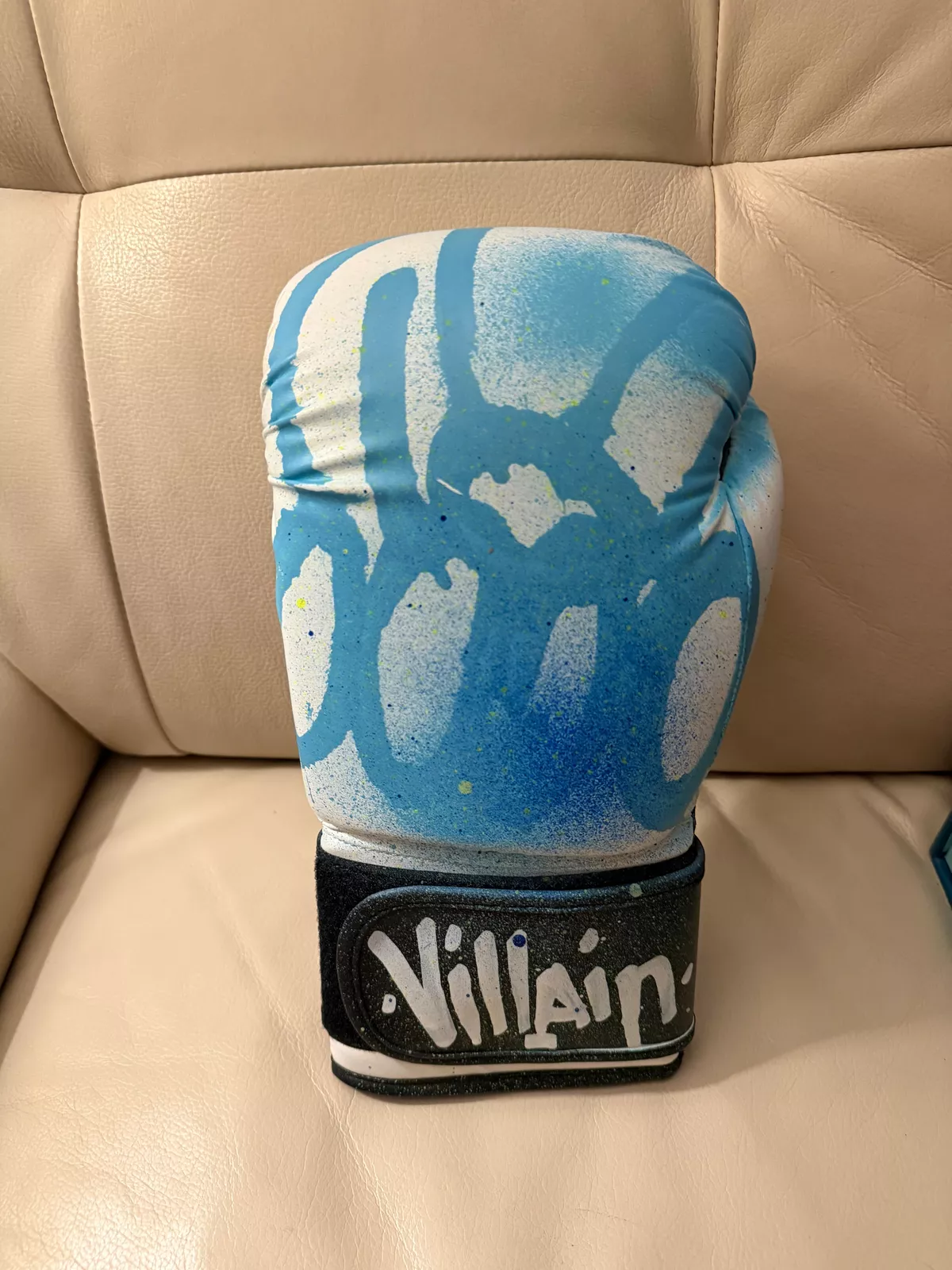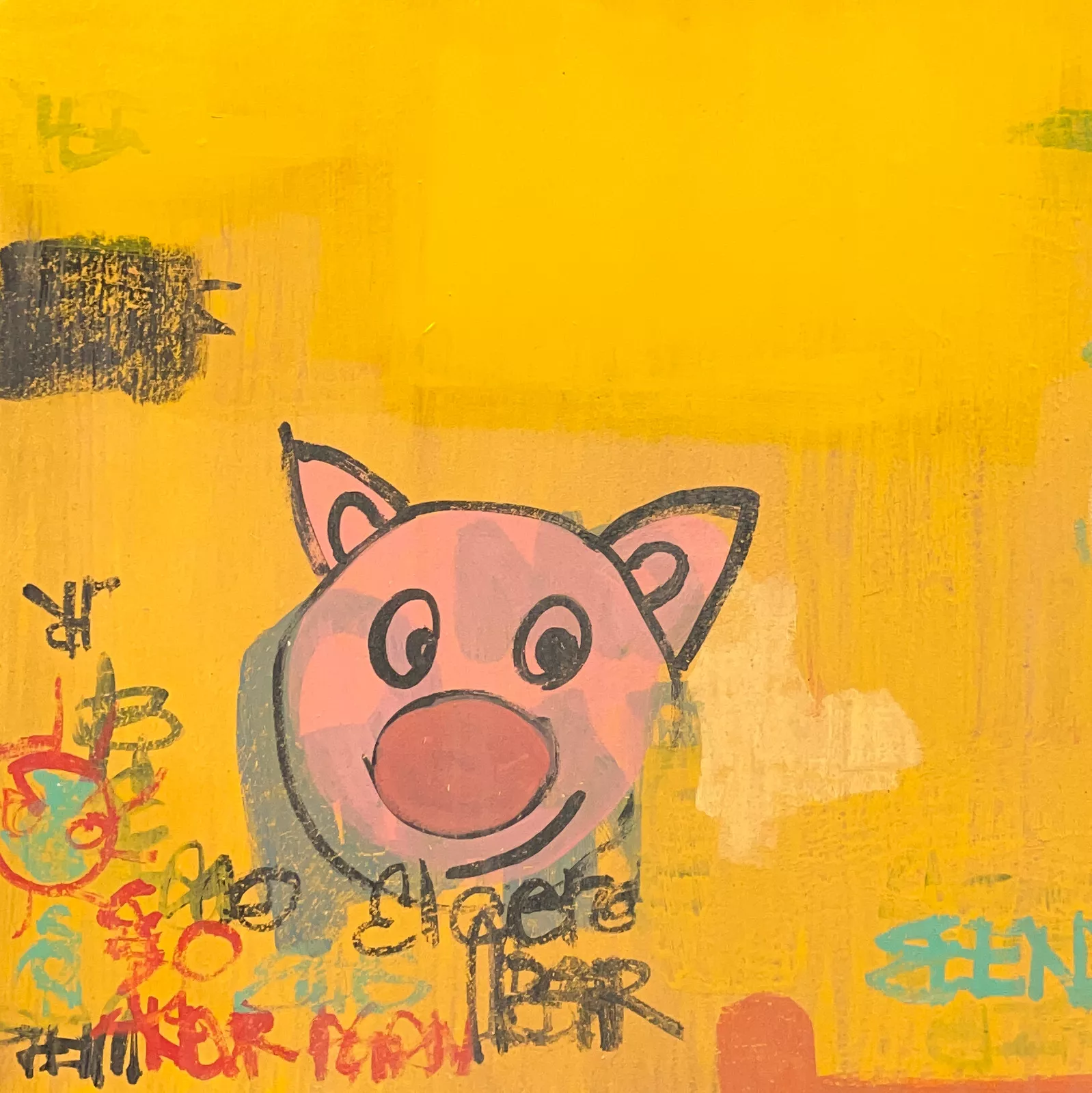
In the realm of public art, few acts are as quietly revolutionary as those which prioritize the voices, faces, and stories of local residents over grand gestures or token symbolism. Such is the case in Art for Estates: Webheath x Smug One, a poignant and powerful collab that sought not to impose art upon a space but to extract it from within — from the lived experience of the people of Webheath Estate, London.
The Webheath Estate: A Hidden Crossroads of Identity
Tucked into the folds of Camden’s Gospel Oak neighborhood, the Webheath Estate is an archetype of mid-20th century council housing — concrete in form, community in spirit. Built in the 1960s and 70s, its architecture reflects a period of pragmatic urban planning, offering affordable housing to working-class families, immigrants, and those seeking stability within an ever-transforming London. Though it rarely makes headlines, Webheath represents something deeply vital: the unsung durability of community amidst the pressures of gentrification, austerity cuts, and policy neglect.
But like many council estates across Britain, Webheath is more than its postcode. It’s a place where generations collide. Where Caribbean grandmothers share garden space with Kurdish refugees. Where Bengali toddlers grow up chasing pigeons across the concrete courts. Where pride quietly pulses through cracked tiles and faded bricks. For residents, this estate is not just scaffolding — it’s the backdrop of birthdays, griefs, homecomings, and departures. And that’s precisely why art on this scale, at this site, matters.
Smug One: A Master of the Hyperreal and the Humble
Enter Smug One, the Glasgow-based muralist known for his jaw-dropping hyperrealism and grand-scale portraiture. Born Sam Bates in Australia, Smug One has become one of the most recognizable names in the world of large-format street art. His works often feature everyday people in dramatic, emotionally resonant detail — not celebrities or fictional characters, but bakers, builders, gardeners, the people who pass us on the street without fanfare.
His work is as much anthropological as it is artistic. Smug’s practice revolves around honoring the ordinary, elevating it to monumental scale, and grounding it in site-specific context. He paints in such a way that a wrinkle becomes a roadmap, a fleck in an eye becomes a biography, and a downturned mouth contains entire lifetimes.
It is this ethic — of celebrating unglorified life — that made him an ideal match for Webheath. But this wasn’t simply about inviting a famous artist to “improve” a building. It was a two-way embrace. Smug wasn’t parachuted in to leave his mark and disappear. He was welcomed in. He listened. He watched. He asked questions.
The result: a towering portrait mural of a real Webheath resident, immortalized not in stone or bronze, but in spray paint and affection.
The Mural: A Face to the Faceless
The mural stretches across a gable-end wall, drawing the eye from street to sky. But it does not scream. It hums with quiet dignity. The subject — a woman of local heritage — is neither stylized nor idealized. Her face is rendered with care, every line of age or worry acknowledged, not erased. Her gaze is direct. It is neither confrontational nor submissive. She looks as if she’s mid-thought, perhaps reflecting on her family, or the very fact of being captured here, on this massive scale.
The backdrop does not explode with color. It complements the estate’s tones — muted concrete, soft grey, pale moss — allowing her presence to dominate, not the brushstrokes. The effect is one of coexistence. The mural belongs to the building, and the building belongs to her.
To see this woman — a neighbor, a grandmother, perhaps a tenant of fifty years — depicted with such grandeur is a reminder that value does not trickle down from high office or gallery walls. It emanates from those who have weathered the slow erosion of public investment. From those who keep community alive not with banners, but with casseroles, crèche duty, and a familiar nod on the stairwell.
This is not just art. It is architecture of belonging.
The Process: Participatory over Prescriptive
Key to the project was its participatory foundation. Organized in collaboration with community arts facilitators and estate residents, the initiative wasn’t about dictating what should go up on the wall — it was about asking what mattered, and whom people wanted to see.
Workshops were held. Voices were gathered. The intention was not to create a spectacle, but to reflect the estate’s internal rhythm. Smug One took time to meet with residents, to absorb the spatial nuances, and to identify a subject who would serve not as a token, but as an embodiment.
The woman portrayed — whose name is intentionally kept out of media to protect her privacy — is not a political figure or a social worker. She is a resident. A symbol of everyday stewardship. Her inclusion is a testament to the idea that representation is not about fanfare, but fidelity.
Public Art as Placekeeping
The Webheath x Smug collaboration stands apart from typical regeneration efforts that rely on “placemaking” — a term increasingly co-opted by developers to disguise displacement as design. This was not about rebranding Webheath. It was about placekeeping — affirming the presence of those who already live there, rather than inviting new tenants to overwrite them.
Too often, murals become part of gentrification’s soft propaganda — beautifying buildings just before rents rise and tenants are priced out. This mural resists that trajectory. By focusing inward, by choosing a known face rather than an aspirational abstraction, it asserts the right of residents to remain, to be seen, and to be revered.
Flow
Since the mural’s unveiling, residents have described a shift. The face is now a local landmark. Children point it out. Elders pause beneath it. Teenagers pose in front of it for photos. It becomes a gathering point, a conversational anchor, a declaration.
Where once a blank wall stood — a metaphor for bureaucracy and silence — now a visual anthem sings out. Not loudly. Not aggressively. But clearly and persistently.
It reminds passersby that someone lives here. That this estate is not a problem to be solved or a footprint to be redesigned. It is a home.
A Blueprint for Ethical Urban Art
In a city where visual space is contested — between advertising, authority, and activism — the Webheath mural offers a blueprint for ethical engagement. It shows that artists can collaborate, not colonize. That walls can speak, not scream. That transformation can be gentle, consensual, and rooted in shared humanity.
It also challenges other estates, councils, and artists to rethink their approach. Not every community needs a Banksy or a glossy abstract to feel seen. Sometimes, the most radical thing is a face. A real one. With laugh lines and crow’s feet and eyes that have watched a neighborhood grow up.
Ideologue
“Art for Estates: Webheath x Smug One” is more than an initiative — it’s testimony. To endurance. To love of place. To the idea that council estates, far from being zones of deficit, are repositories of richness: cultural, emotional, intergenerational.
The mural doesn’t sanitize the struggles of estate life. But it reframes them. It insists that beauty exists here not in spite of hardship, but often because of it — forged in community, resilience, and rootedness.
In painting one woman, Smug One paints many. In honoring one home, he honors thousands. And in doing so, he reminds London — and the world — that dignity begins not at the top of a skyline, but right here, at eye level.
No comments yet.









